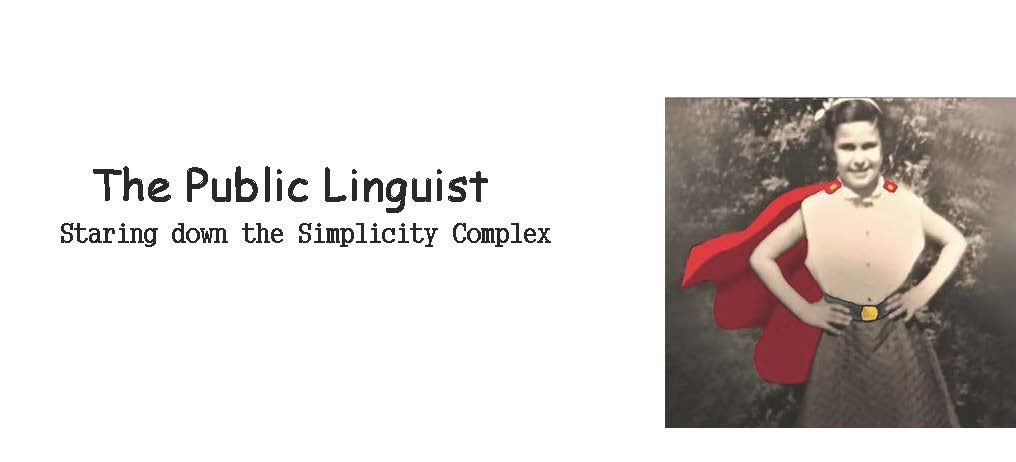For those of us living on the East Coast, this coming week will be filled with lot of public emergency preparedness communications about approaching
Hurricane Florence.
Ever since the catastrophe of Hurricane Katrina I've been part of a small team working on analyzing and improving public health and emergency management messages intended for non-expert publics (target audiences). We've been analyzing messages including print and maps, usability testing and rewriting/re-designing. Our early work with the NYC’s Hurricane Evacuation Map revealed that a very large number of residents in East Harlem could interpret the map or use it to make decisions to reduce their risk during a hurricane. During the past 5 years Wendy Vaughon and I have been working with the USGS to consumer test and
revise information about floods, earthquakes and volcano eruptions. Again we've found that messages and maps for hurricanes, floods, earthquakes and volcano eruptions are created by scientists. Not unlike much health information, the messages and materials assume high levels of science literacy, civic literacy and fundamental reading skill.
Zarcadoolas,
C., Boyer, J., A. Krishnaswami, A. & A. Rothenberg, A. (2007). How usable
are current GIS maps: communicating emergency preparedness to vulnerable
populations? Journal of Homeland Security
and Emergency Management.
USGS (2016) Get your science used—Six guidelines to improve your products
3 Things That Make Emergency Information Hard to Read, Interpret and Use
USGS (2016) Get your science used—Six guidelines to improve your products
- The language is usually highly condensed, complex sentence structure and accompanying visuals.
- The content assumes the reading public understands key concepts related to judging the emergency: Specific to hurricanes - "storm surge", "cone of hurricane", "wobble/wiggle", maximum sustained winds, weakening ridge ….
- Statements about uncertainty are most often discussed using probability - consistently difficult for the non-scientist to interpret.
-->




No comments:
Post a Comment